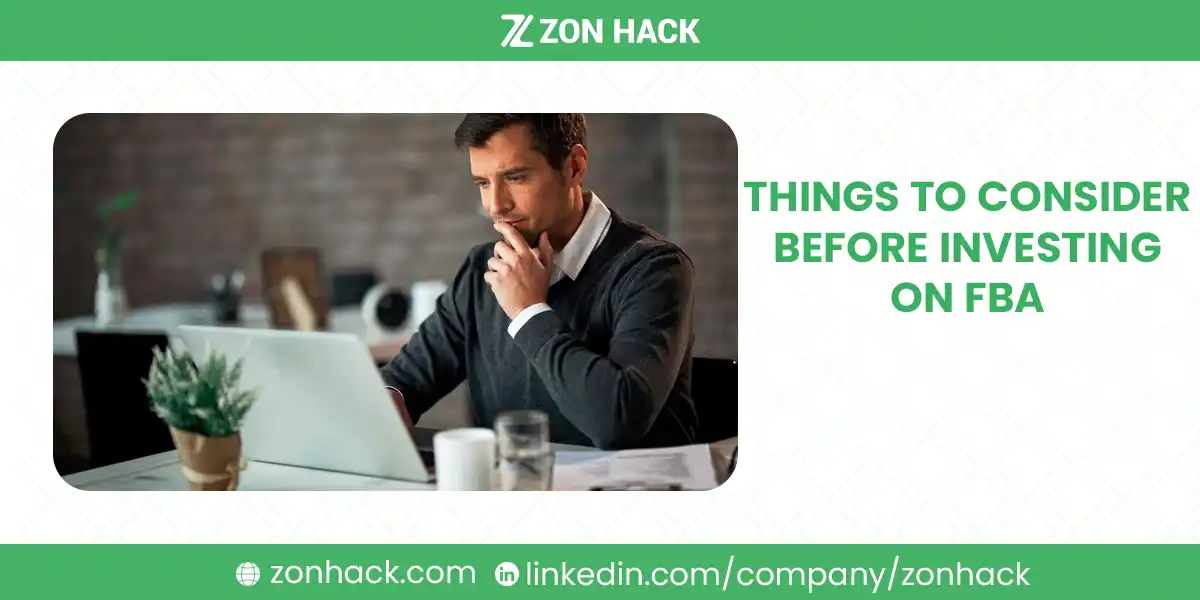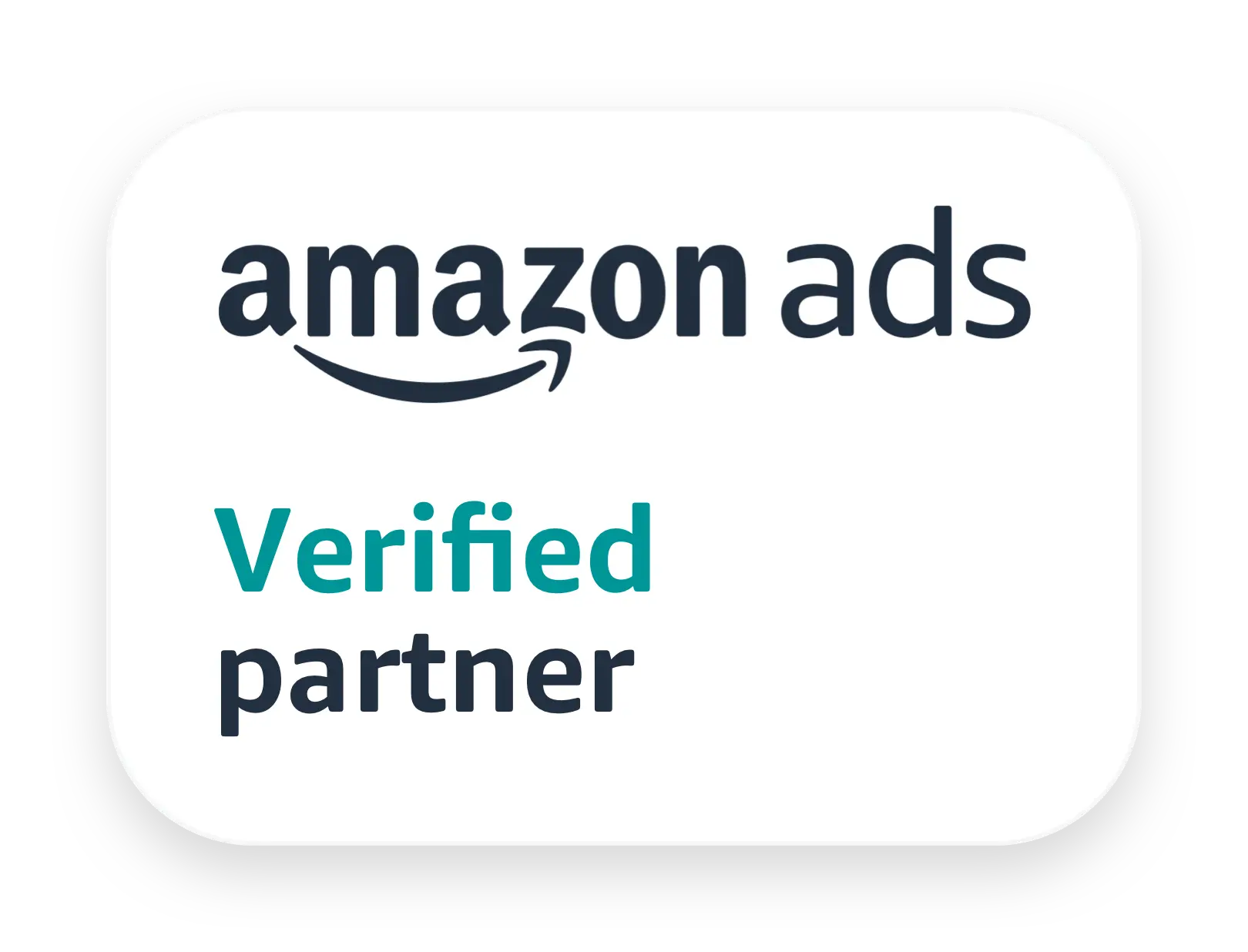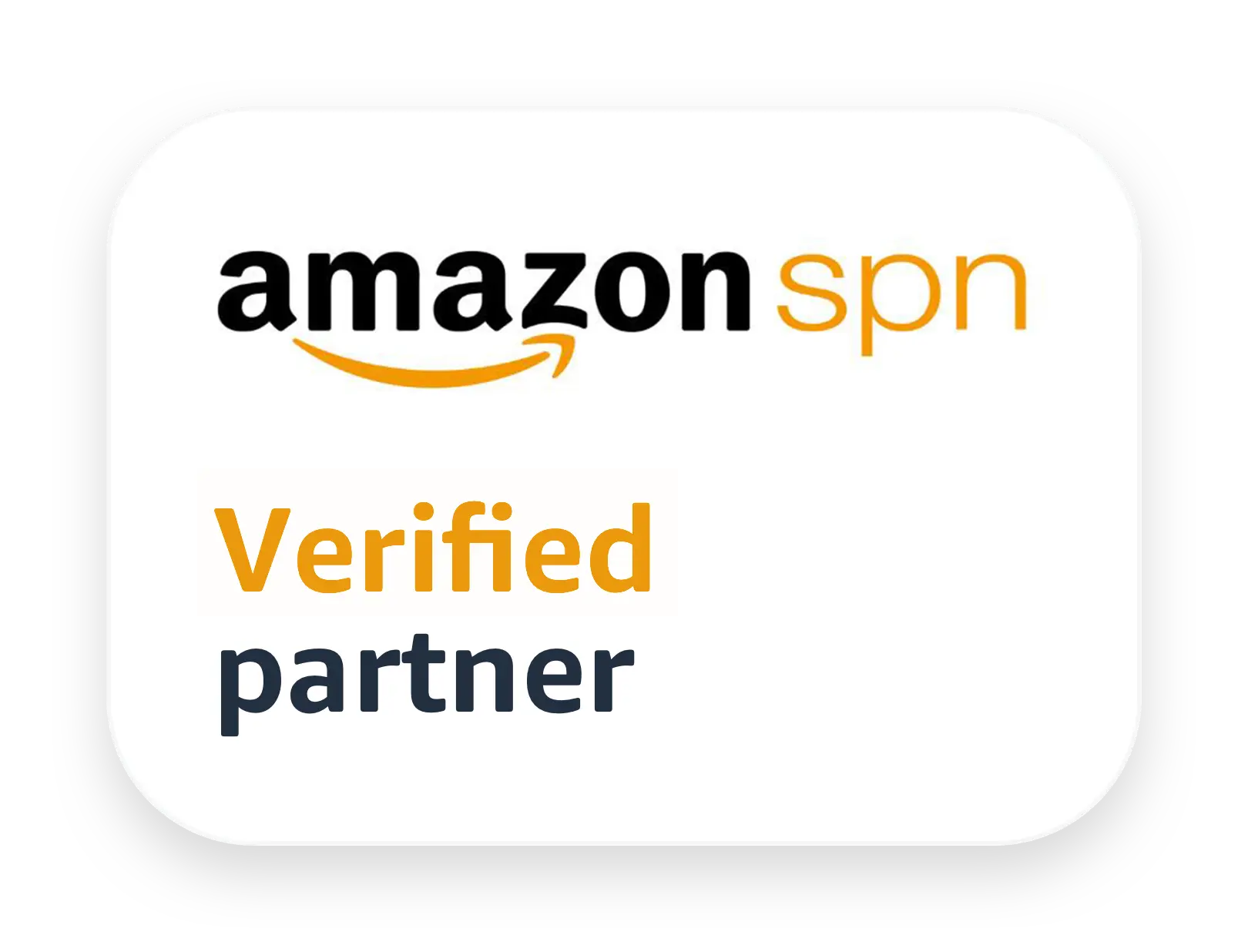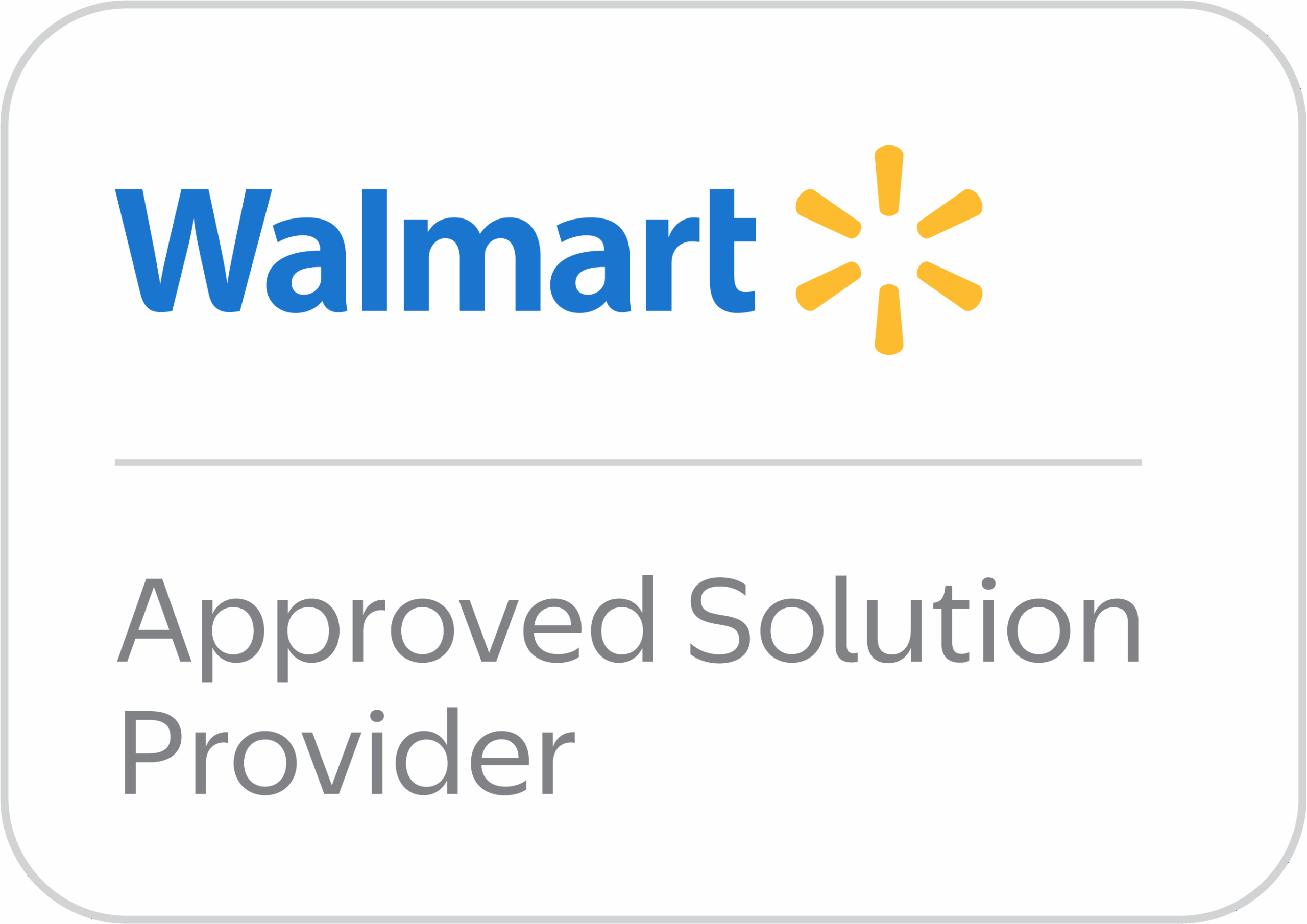Amazon FBA (Fulfillment by Amazon) has been the gateway to eCommerce freedom for years. The idea of shipping your products to Amazon, letting them handle storage, fulfillment, customer service, and returns—it sounds like a dream. And for many sellers, it still is.
But things have changed.
In 2025, starting an Amazon FBA business is very different from what it was just a few years ago. Lower organic traffic, rising fulfillment fees, stricter compliance rules, and global competition are reshaping the game. So if you’re asking, “Is Amazon FBA still worth it in 2025?”—you’re asking the right question.
Calculating the Real Cost of Amazon FBA
The Startup Costs You Can’t Ignore
Before you even list your first product, you’ll need to invest in product research, samples, branding, inventory, and Amazon setup costs. And those numbers add up faster than most expect.
Here’s a realistic breakdown of what many sellers spend to get started:
| Expense Category | Estimated Cost (USD) |
| Product Samples & Testing | $200 – $500 |
| First Inventory Order | $1,000 – $3,500 |
| Shipping (to FBA) | $300 – $800 |
| Trademark Registration | $250 – $350 (USPTO fees) |
| GS1 Barcodes | $250 for 10 codes (GS1 US) |
| Logo & Package Design | $100 – $500 |
| Amazon Professional Plan | $39.99/month (required) |
| Launch Budget (PPC, promos) | $500 – $1,500 |
| Total Estimate | $2,600 – $7,200 |
That’s not counting unexpected costs like customs duties, delays, or redesigning your packaging because it didn’t meet FBA standards.
As one Reddit seller shared in 2024, “I lost $50,000 trying to launch a private label product in the pet niche because I didn’t forecast my PPC burn rate and couldn’t compete on price. Everything looked good in Helium 10, but reality hit hard.”
It’s a cautionary tale worth listening to.
Ongoing Fees and Hidden Charges
Even if you get through launch successfully, Amazon’s ongoing fees can eat into your profits quickly. These include:
- FBA Fulfillment Fees: Charged per unit based on size and weight. As of 2025, the average small standard-size product incurs around $3.22 per unit.
- Storage Fees: Monthly charges that increase during Q4. Overstocked inventory? You’ll pay more.
- Referral Fees: Typically 15% of your sale price, varying by category.
- Returns and Customer Service Fees: Amazon handles it for you—but charges for the privilege.
- Long-Term Storage Fees (LTSF): Inventory stored over 181 days gets hit with aged inventory surcharges (up to $6.90 per cubic foot in Q4).
What most sellers miss is the compounding effect. If your product sells for $20, your total fees could eat up over 40-50% of that revenue—leaving you with just $9–$11 to cover costs, taxes, and profit.
Can You Still Be Profitable with Amazon FBA
Yes, but you’ll need to run a tight margin game and build a lean operation.
Many successful sellers aim for a minimum 30% net profit margin after all costs, including advertising. To achieve that, your product needs:
- High perceived value (so you can charge more)
- Low competition (so you don’t burn budget on PPC)
- Low return rate (to avoid penalty fees)
In 2025, brands are leaning more on micro-niches and premium private-label angles—not generic products. For instance, “ergonomic pastel baby nail clippers with safety guard” is more viable than just “baby nail clipper.”
And that shift affects your cash flow, too. You need to reinvest constantly into inventory and ads, especially if you’re growing.
How to Forecast Amazon FBA Profitability in 2025
You can’t guess. You must forecast.
Here’s a simple example:
| Metric | Value |
| Sales Price | $25.00 |
| Amazon Referral Fee (15%) | $3.75 |
| FBA Fee | $3.50 |
| COGS (product + shipping) | $6.00 |
| PPC Cost per Sale | $5.00 |
| Net Profit per Unit | $6.75 |
| Net Margin | 27% |
If your PPC cost rises to $7.50, your margin drops to 21%. If your COGS increases due to inflation, it can slip under 20%—putting your business at risk.
That’s why forecasting with tools like Link My Books, Sellerboard, or spreadsheets is a must before ordering bulk inventory.
Operational Realities: What You Need to Know Before Selling
You Can’t Just “Send Stuff to Amazon” Anymore
The FBA prep process is heavily regulated in 2025. If your product is labeled wrong, arrives damaged, or doesn’t match what was listed—Amazon can refuse it at the warehouse or worse, suspend your account.
Every shipment must follow Amazon’s FBA guidelines:
- Label format and placement
- Packaging materials
- Pallet dimensions (if shipping in bulk)
- Country of origin labeling
- Barcode compliance (GS1 verified only)
Amazon now checks barcode validity with GS1 during listing creation. If your barcode is purchased from third-party resellers, they can reject your listing or mark it as inauthentic.
New Listing Requirements in 2025
Amazon updated its listing policies this year. Sellers now must:
- Limit title length to 150 characters in most categories
- Add at least 5 bullet points (not optional anymore)
- Use at least 6 high-res images, including a lifestyle image and dimension image
- Disclose battery information, product origin, and compliance documentation in backend
Missing any of these? Your listing might not go live or could get flagged as incomplete.
One new seller in the home goods category shared, “I launched without uploading compliance docs for a power adapter, and Amazon yanked my listing within 24 hours. Took two weeks to get it reinstated.”
Sourcing & Inventory Risk is Higher Than Ever
Ordering from Alibaba still works, but logistics is trickier now. Customs delays, shipping fee fluctuations, and import restrictions in 2025 make inventory planning more complex.
Also, Chinese factories are less flexible with small orders due to high demand post-COVID and inflation. MOQs are rising. A lot of newer sellers are now turning to:
- India and Vietnam for textiles, leather, and artisan goods
- Mexico for shorter lead times to the U.S.
- U.S. private-label manufacturers for niche health and skincare
Tools like EPROLO are being used by newer sellers who prefer dropshipping to FBA hybrid models, especially in home and kitchen categories.
What About Inventory Storage Strategies?
You can’t just dump all your stock into Amazon anymore.
Due to storage fee increases, smart sellers now adopt a dual warehouse strategy:
- Ship only 2–4 weeks of stock to FBA
- Store remaining inventory in a 3PL warehouse or prep center
This avoids aged inventory surcharges and gives you more control.
One popular 3PL solution in the U.S. is ShipBob. Their warehouses sync with Amazon and let you replenish inventory weekly or bi-weekly. It costs more upfront, but saves long-term in storage penalties.
Sourcing & Inventory Risk is Higher Than Ever
Ordering from Alibaba still works, but logistics is trickier now than it was even a couple of years ago.
Between rising freight rates, port delays, and new regulatory checks (especially on electronics, toys, and supplements), it’s easy to get stuck with cash tied up in goods that take months to arrive or get flagged at customs.
In 2025, many FBA sellers are shifting to:
- U.S. or Mexico-based suppliers for faster turnaround
- Smaller batch orders to stay agile (even if unit costs are higher)
- Third-party prep centers to meet Amazon’s strict standards
That flexibility comes at a price. But it protects your brand from things going sideways—like the seller who ordered 1,000 umbrellas before realizing they were too long to be accepted into FBA without being classified as “oversize,” triggering massive extra fees.
If your entire inventory is in Amazon’s hands, you’re also at their mercy when they suddenly change policies or fees, which they do frequently.
Is Amazon Too Saturated in 2025?
Yes, Amazon is more competitive than ever.
According to Marketplace Pulse, there were over 9.5 million Amazon sellers globally as of late 2024. But only around 1.9 million are actively selling. And among them, fewer than 10% make over $100,000/year in revenue.
So is it too late?
Not exactly. But the game has changed.
In 2017–2019, you could launch a decent garlic press, slap a logo on it, buy some reviews, and rank. Those days are gone.
In 2025, Amazon rewards:
- Brand building (with A+ content and storefronts)
- Review velocity (fast, organic reviews are key)
- Conversion rates (not just clicks)
- Strong PPC management (with careful bid control)
You’re not just selling a product. You’re building a micro-brand. Sellers who understand positioning, storytelling, and customer experience win.
Big Brands Are Taking Over… Slowly
More traditional retail brands are entering Amazon. From Clorox to Nike (who came back), they now dominate search pages in categories like cleaning, apparel, and electronics.
Amazon has made Brand Registry, Vine, and Premium A+ content easier to access for these players. They also often get preferential ad placements.
But they’re still slow in niche or emerging categories.
That’s where small sellers still have an edge—by being faster, more creative, and closer to the customer. Think of:
- Plant-based dog treats for anxiety
- Silicone oven mitts for arthritis sufferers
- Gender-neutral Montessori play kits
Rich, targeted storytelling beats generic product listings. That’s the new battlefield.
What Type of Sellers Should Still Consider Amazon FBA?
Solo Entrepreneurs & Side Hustlers
If you’re willing to treat it like a business, not a hustle, FBA can work for solo founders. But:
- You’ll need at least $5,000–$10,000 to get started with private label
- Or try retail arbitrage / wholesale FBA with lower startup capital (~$1,000–$2,000)
- You’ll wear many hats: sourcing, customer service, ads, logistics
The opportunity is real, but it’s not passive.
Agencies and Brand Owners
Agencies that manage multiple FBA brands or established DTC brands adding Amazon as a new channel? FBA is still powerful.
In fact, for DTC brands, Amazon now makes up 30–60% of their total revenue once fully onboarded.
Tools like ZonGuru, Jungle Scout Cobalt, or Sellerboard can help teams scale smarter.
Manufacturers and Product Creators
If you own your supply chain, you have a huge edge.
Selling direct via FBA lets you access higher margins, and control the customer experience better than through resellers.
Many factories in China, India, Vietnam, and the U.S. are now launching house brands to go direct via Amazon. With the right team, they’re outpacing dropshippers and resellers easily.
How to Succeed with Amazon FBA in 2025
Success today requires more skill, better tools, and a long-term mindset.
You’ll need to:
- Invest in differentiated branding, not just a logo
- Master Amazon PPC, or work with a PPC expert
- Get reviews ethically (via inserts, follow-up emails, or Amazon’s Vine program)
- Focus on lifetime value and repeat purchases (especially with Subscribe & Save)
- Constantly adapt to policy updates and algorithm changes
There’s no easy shortcut. But the ceiling is still high.
Need Help Navigating the New Amazon FBA Landscape?
Whether you’re launching your first private label product or managing a seven-figure FBA brand, success on Amazon in 2025 is all about strategy, data, and execution.
That’s where ZonHack comes in.
We’re not just another agency—we’re a team of Amazon growth architects who’ve helped sellers scale from zero to six and seven figures through:
- Advanced PPC management that protects your margins while boosting rank
- Listing optimization with proven copy, A+ content, and conversion frameworks
- Product research that goes beyond surface-level trends
- End-to-end FBA support, from launch planning to inventory troubleshooting
Our clients don’t play the guessing game. They grow with confidence because we bring the data, experience, and agility they need to win in today’s Amazon environment.
If you’re serious about scaling, let’s talk.
Visit www.zonHack.com to schedule your free strategy call and see what’s possible.




